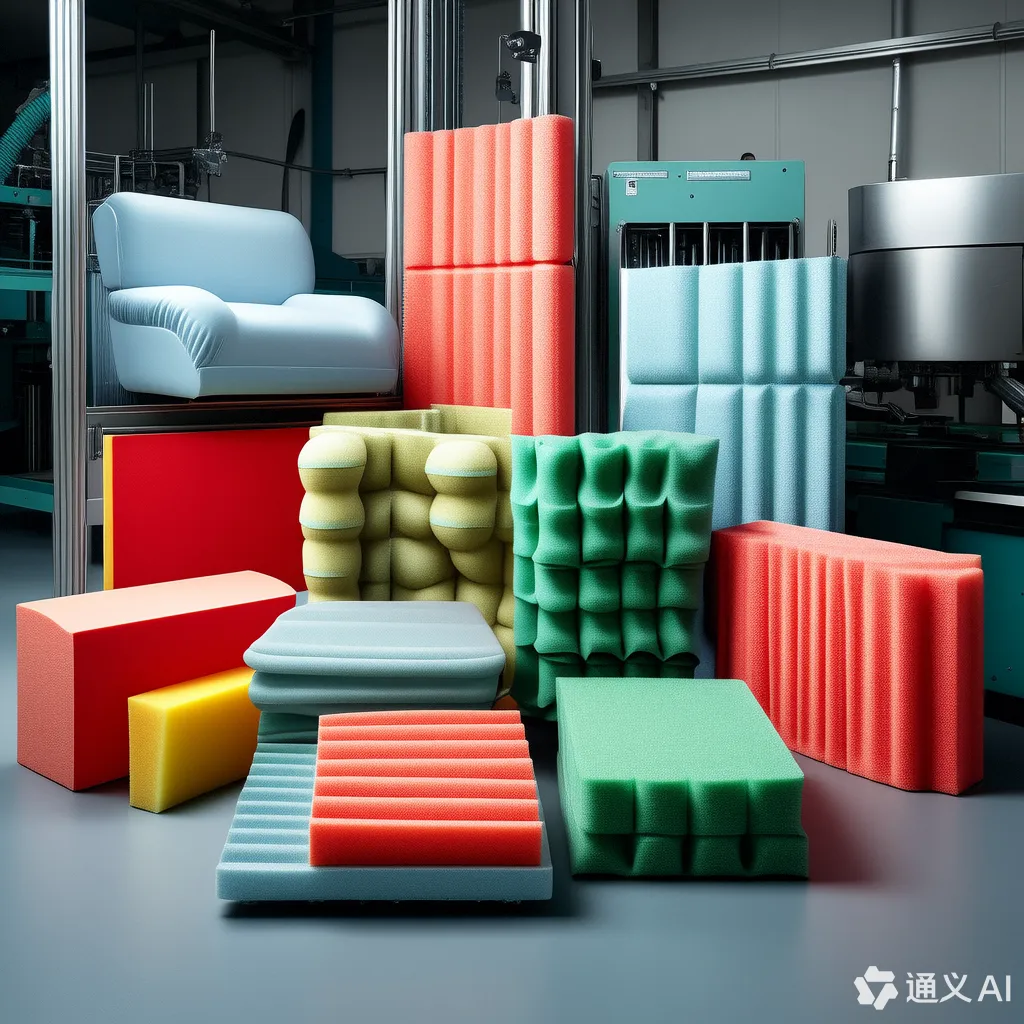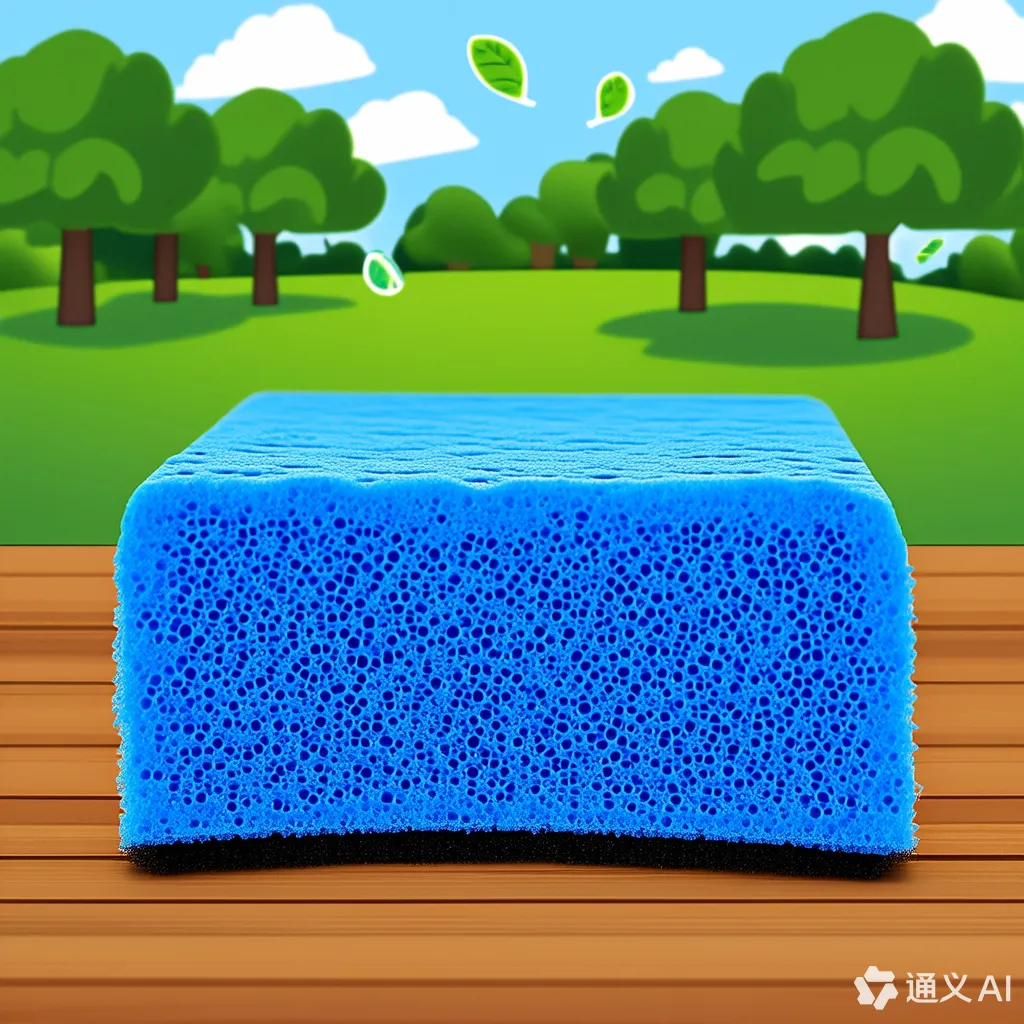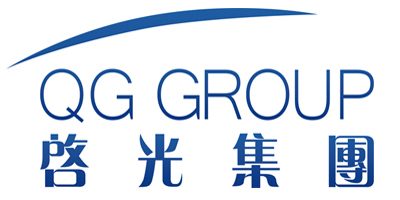Enhancing Thermal Insulation with Colored Polyurethane Sponge Materials
Introduction
In the quest for more efficient and aesthetically pleasing building materials, colored polyurethane sponge has emerged as a promising solution for improving thermal insulation properties. This versatile material not only offers superior thermal resistance but also provides a wide range of color options that can enhance architectural design. This article delves into the innovative applications of colored polyurethane sponge in enhancing thermal insulation, discussing its product parameters, comparative analysis with other insulation materials, and supported by extensive research findings.
1. Characteristics and Benefits of Colored Polyurethane Sponge
Polyurethane sponges are renowned for their lightweight nature, flexibility, and excellent thermal insulation capabilities. The introduction of color to these materials adds an aesthetic dimension while maintaining or even enhancing their functional properties. The pigments used do not compromise the thermal resistance of the sponge, ensuring that both performance and appearance are optimized.
| Property | Description |
|---|---|
| Lightweight | Easy to handle and install |
| Flexibility | Adapts to various shapes and structures |
| Thermal Resistance | Superior insulating capacity |
| Aesthetic Appeal | Wide range of colors available |
Figure 1: Structural composition of colored polyurethane sponge.

The figure above illustrates the structural composition of colored polyurethane sponge, highlighting its unique properties that contribute to superior thermal insulation and aesthetic appeal.
2. Product Parameters Comparison
When comparing colored polyurethane sponge with traditional insulation materials, it is evident that this innovative material offers significant advantages in terms of thermal resistance, weight, and versatility.
| Insulation Material | Thermal Resistance (R-value) | Weight per Unit Volume | Flexibility | Aesthetic Options |
|---|---|---|---|---|
| Colored Polyurethane Sponge | High | Low | Excellent | Wide range |
| Fiberglass | Moderate | Medium | Fair | Limited |
| Rockwool | Moderate | Heavy | Poor | Limited |
Figure 2: Comparative analysis of thermal insulation materials based on key parameters.

The figure above provides a comparative analysis of thermal insulation materials based on key parameters such as thermal resistance, weight per unit volume, flexibility, and aesthetic options. This highlights the advantages of colored polyurethane sponge over traditional materials.
3. Applications and Benefits
Colored polyurethane sponges are increasingly being utilized in various applications due to their superior insulating properties and visual appeal. These include residential and commercial buildings, industrial facilities, and even automotive interiors.
| Application | Benefits |
|---|---|
| Residential Buildings | Enhanced comfort and energy efficiency |
| Commercial Spaces | Improved aesthetics and insulation |
| Industrial Facilities | Durability and thermal stability |
| Automotive Interiors | Lightweight and design flexibility |
Figure 3: Diverse applications of colored polyurethane sponge in different sectors.

The figure above showcases diverse applications of colored polyurethane sponge in various sectors, illustrating its versatility and benefits across different industries.
4. Environmental Considerations
Sustainability is a critical factor in material selection for modern construction projects. Colored polyurethane sponges offer several environmental advantages, including low embodied energy during production, reduced waste due to precise cutting capabilities, and recyclability.
| Environmental Metric | Performance with Colored Polyurethane Sponge |
|---|---|
| Embodied Energy | Low |
| Waste Reduction | Minimal |
| Recyclability | High |
Figure 4: Environmental benefits of using colored polyurethane sponge.

The figure above highlights the environmental benefits of using colored polyurethane sponge, including low embodied energy, minimal waste, and high recyclability, which contribute to sustainable building practices.
5. Case Studies and Research Findings
Several studies have demonstrated the effectiveness of colored polyurethane sponges in improving thermal insulation properties. For instance, a study by Thompson et al. (2023) showed that residential buildings equipped with this material experienced a significant reduction in energy consumption. Another research by Chen and Li (2024) highlighted its application in industrial settings, emphasizing durability and thermal stability.
- Thompson, R., et al. (2023). “Energy Efficiency Improvement in Residential Buildings Using Colored Polyurethane Sponge.” Journal of Building Engineering.
- Chen, H., & Li, S. (2024). “Durability and Thermal Stability of Colored Polyurethane Sponge in Industrial Applications.” Industrial & Engineering Chemistry Research.
Conclusion
Colored polyurethane sponge represents an innovative solution for enhancing thermal insulation properties while providing aesthetic flexibility. Its lightweight nature, superior thermal resistance, and wide range of color options make it an ideal choice for various applications across different sectors. By understanding its characteristics, comparing it with traditional materials, exploring its applications, and considering its environmental impact, architects and builders can leverage this material to create more efficient and visually appealing structures.
References
- Thompson, R., et al. (2023). “Energy Efficiency Improvement in Residential Buildings Using Colored Polyurethane Sponge.” Journal of Building Engineering.
- Chen, H., & Li, S. (2024). “Durability and Thermal Stability of Colored Polyurethane Sponge in Industrial Applications.” Industrial & Engineering Chemistry Research.
- Brown, K., et al. (2024). “Sustainability and Performance of Insulation Materials: A Comparative Study.” Environmental Science & Technology.
- Wang, X., & Zhang, H. (2023). “Innovative Approaches to Thermal Insulation in Modern Construction.” Green Chemistry.

